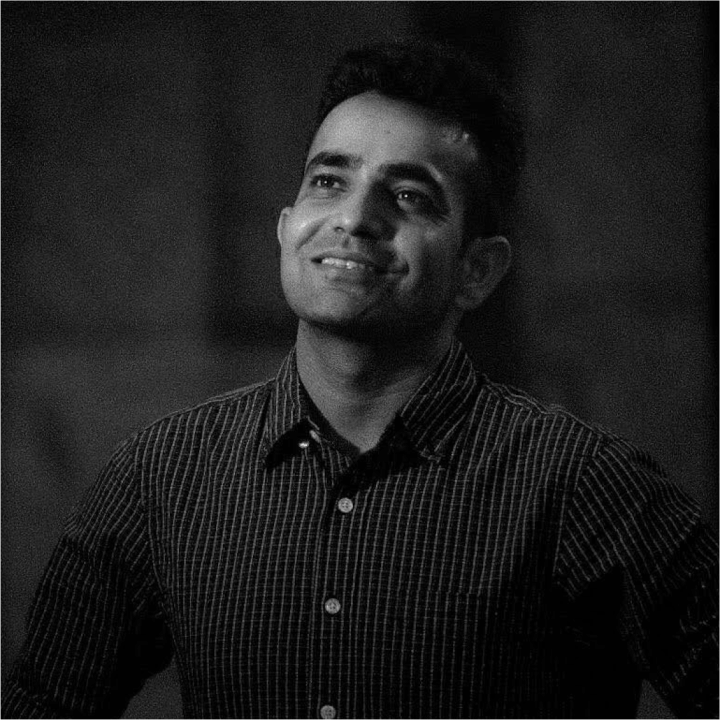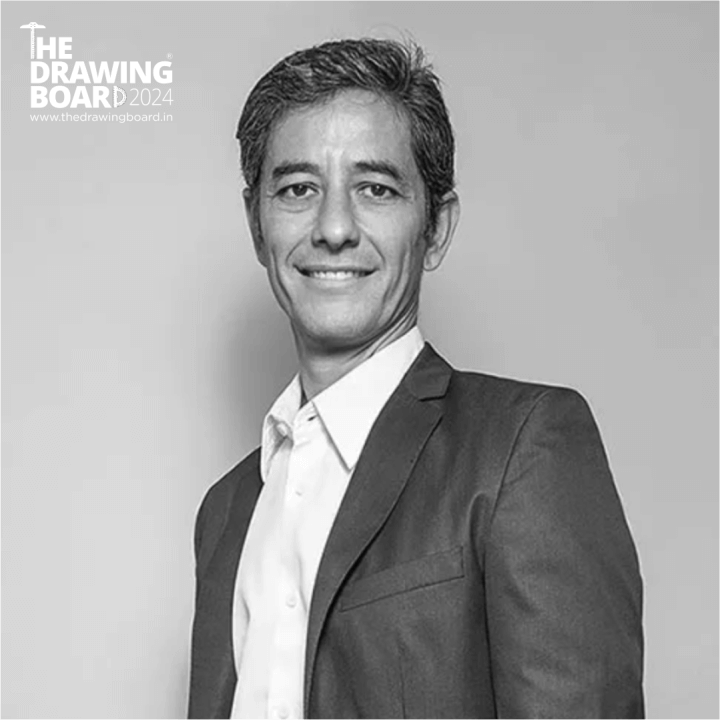EP 291 . 24 Apr 24
Designing beyond Earth
With Susmita Mohanty
In the episode
- Can we start by, who is a spaceship architect or a designer? Can you also elaborate on the 3 genres of space architects [Voyage d’Esprit, Man-in-a-Can, Trans-Gravity?] Where and how do designers fit in?
- What does it take to become a spaceship designer or an architect? If you can share your version of a career? What does one do in their early years and then possibilities as they become a veteran like you? Design is broadly about problem solving and we see a lot of lateral entrants. Is it possible in this discipline?
- You’ve said, that traditionally government agencies tend to design in a very engineering-centric approach where they don’t invite architects, or designers to build stuff. With designers engaging in such space, collaboration with other professionals like physicists, engineers, and biologists, seems inevitable. What are the challenges and rewards of such interdisciplinary teamwork?
- Importance of multidisciplinary. You’ve straddled across design, art, tech, humanities, choreography. What was it like growing up in Ahmedabad in 70-80
- What are the unique challenges and opportunities in this sector for a designer? You mentioned about designing spaceship interiors for long-distance travel, and spacesuits to keep away from sharp dust on other planets, especially on the moon. Climate is another important domain to look into. What all sections of the rocket or a spacecraft (For eg: Soyuz, I loved the video) could be given to designers? Where all design interventions can be done?
- What made you start Earth2Orbit and later Spaceport Sarabhai and what exactly do you folks do there? Can you share any specific project or a milestone that made you very hopeful about this it having a huge potential in India?
- Considering the costs, policies, and constraints of this highly guarded sector, what makes you hopeful about brewing design talent in India? Can you slightly talk more about your 2017 article “India is Sitting on a Space Goldmine”?
- You often say, “Space is not just about technology. It’s also about business, social impact, geopolitics and more about perspective. Could you please elaborate on it from a designer’s lens?
- You often encourage entrepreneurs to look at Earth from 400km above. After working closely with such great organizations like ISRO, NASA, and ESA what has been your biggest learning so far?
About Susmita Mohanty
Vincent Van Gogh, “For my part, I know nothing with any certainty, but the sight of the stars makes me dream”.
I want to read out what our today’s guest shared in a KPMG report, 30 Voices of 2030 – The Future of space. “In the 21st century the space race will not be between nations, but between private companies. The private sector will play as prominent a role as government agencies in shaping the future of space exploration and applications for Earth. We’ve already seen this happen. A slew of start-ups worldwide have started to go beyond building CubeSats to developing sophisticated satellites, affordable rockets, green propulsion, new-age materials, 3D printing, space catapults, debris mitigation technologies and so on. These new entrants will define the way we use, explore, exploit, monitor and conserve space. By 2030, it’s likely that Virgin Galactic will have flown paying tourists on sub-orbital flights, while Blue Origin and SpaceX will attempted their debut missions to the Moon and Mars.”
In this episode, we’ve a very interesting topic and even more special guest, Dr. Susmita Mohanty. She is a spaceship designer and a serial entrepreneur. Susmita is the Director General of Spaceport SARABHAI (S2) – India’s first and the only ‘space’ think tank. She has co-founded 3 companies in 3 different continents: EARTH2ORBIT, Bangalore (2009-2021), LIQUIFER Systems Group, Vienna (2004-ongoing), and MOONFRONT, San Francisco (2001-2007). Educated in India, France, and Sweden. Susmita holds multiple degrees including a PhD.
I also want to give a quick shout-out to Amit Krishn Gulati, a Designer, Entrepreneur, Professor at Indian School of Public Policy.
Reference
- https://www.weforum.org/people/susmita-mohanty/
- https://en.wikipedia.org/wiki/Susmita_Mohanty
- https://www.imd.org/ibyimd/innovation/beyond-earths-boundaries-a-journey-of-innovation-and-leadership/
- https://www.stirworld.com/think-columns-soyuz-the-world-s-most-reliable-human-spacecraft
- http://earth2orbit.com/index.php
- http://www.themoonwalker.in/write.php
- https://thebrilliant.com/opinion/why-billionaires-playing-space-ping-pong-leaves-me-cold/
- https://en.wikipedia.org/wiki/Constance_Adams




